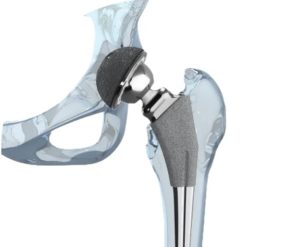Rollover crashes—accidents wherein the vehicle tilts onto its roof or side—are often a ghastly sight and fearsome thing to imagine. But do you realize that in reality, rollover crashes result in more than a third of passenger vehicle deaths? They truly are as scary as they look!
These types of accidents, whether involving multiple vehicles or just one, are far more common for SUVs than other automobiles. According to iihs.org, “In 2008, 58 percent of SUV occupants killed in crashes were in vehicles that rolled over. In comparison, 47 percent of deaths in pickups and 25 percent of deaths in cars were in rollovers.”
Physical differences between these vehicles might be the most apparent reason that SUVs have a higher rate of fatal rollovers. You might be surprised to learn that driver behavior might also be a contributing factor; people take SUVs out on rural, uneven roads more frequently than, say, an Accord.
Between 1998 and 2003, though, the measure of a vehicle’s static stability factor—it’s ability to resist rolling over—increased 6 percent in new SUVs made during that time. And electronic stability control (ESC) has also become more common. ESC has been found to reduce single-vehicle fatal crash involvement “by 51 percent and could reduce the risk of rolling over by 75 percent for SUVs,” according to iihs.org. Though collisions with other vehicles or objects can still contribute to a rollover despite ESC, the technology is so effective that NHTSA will require all passenger vehicles to be equipped with it by the 2012 model year!
Even with improving technology, it’s essential that motorists and passengers in automobiles—especially SUVs—wear their seatbelts at all times in order to prevent ejection from the vehicle if it becomes engaged in a rollover crash. In 2008, 67 percent of people killed in rollovers were not wearing their seatbelts.
There is also an important debate going on regarding the roof strength of automobiles and how that factor contributes to injuries and death sustained in rollover crashes. A strong “safety cage” is an important part of an automobile’s design. People are less likely to be ejected or come into contact with the roof or sides of the automobile if the cabin where they ride is protected by strong materials that can withstand the potential for roof crushing in the event of a rollover.
Currently, The Santos Family Foundation is funding a project to develop an improved roof crush test. It will address such vehicle structure issues as: What is the critical vehicle orientation at roof impact that causes the highest amount? What is the effect of broken side windows and windshield on the critical vehicle orientation and the extent of roof crush? How do differences in roof crush resistance affect the severity of the vehicle rollover crash in terms of vehicle acceleration and number of quarter turns?
Dynamic tests of roof strength in rollovers—tests that simulate what really occurs to a vehicle and its occupants during a rollover accident—will yield significant safety information that can be used in the future to prevent crashes and, most importantly, spare human lives.










Comments for this article are closed.